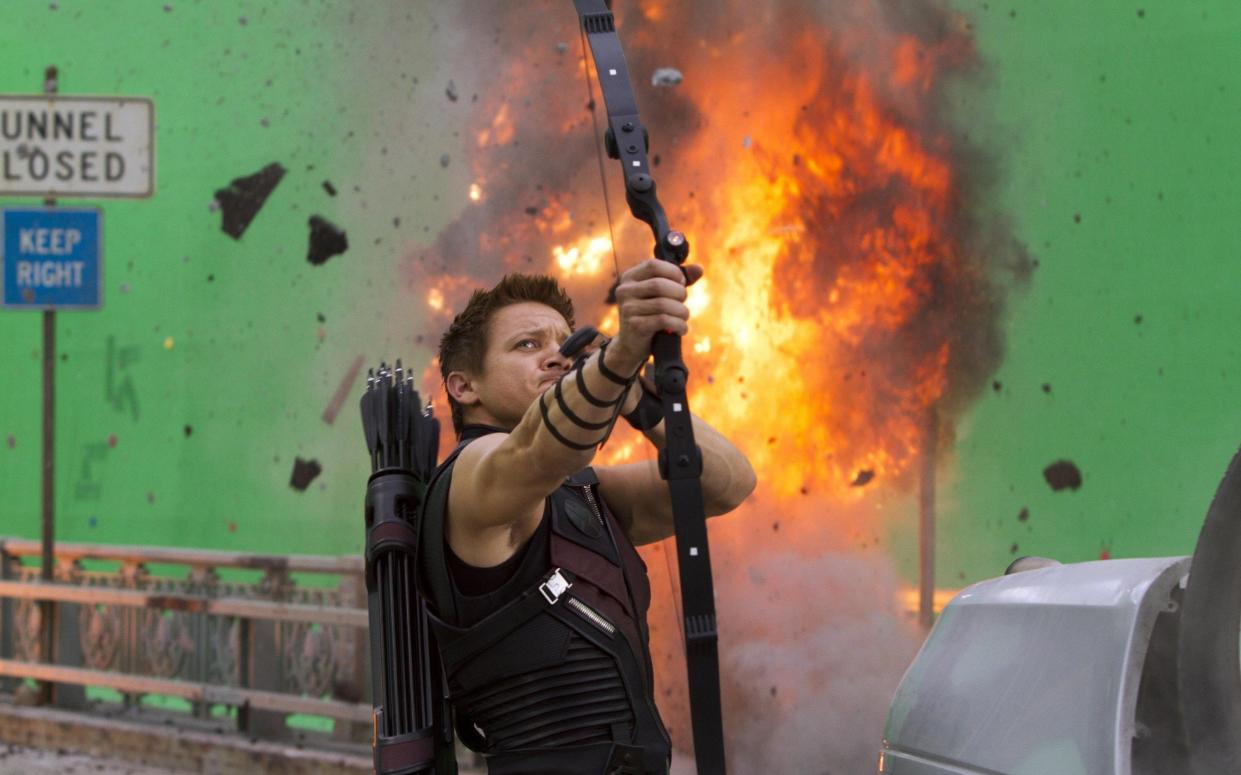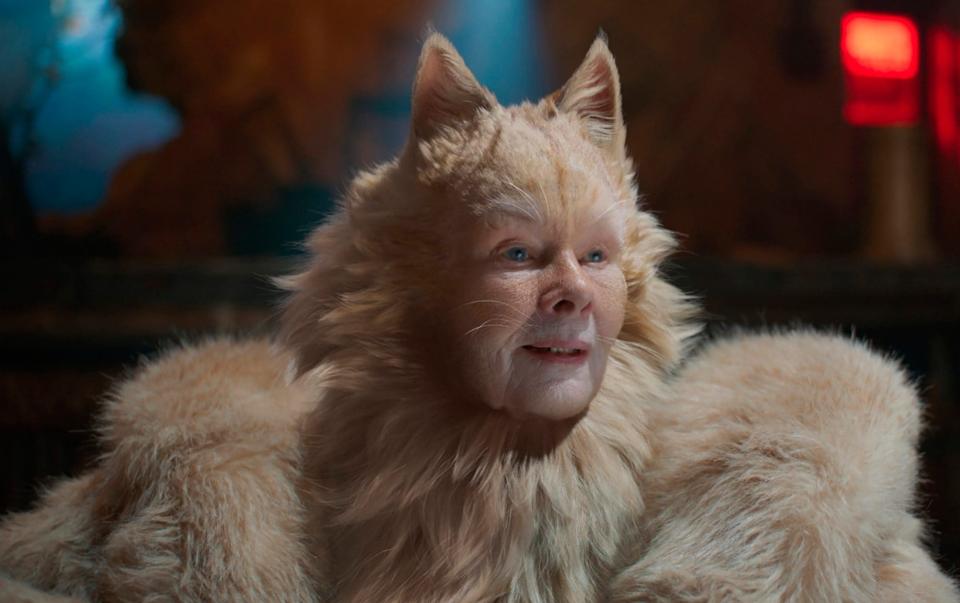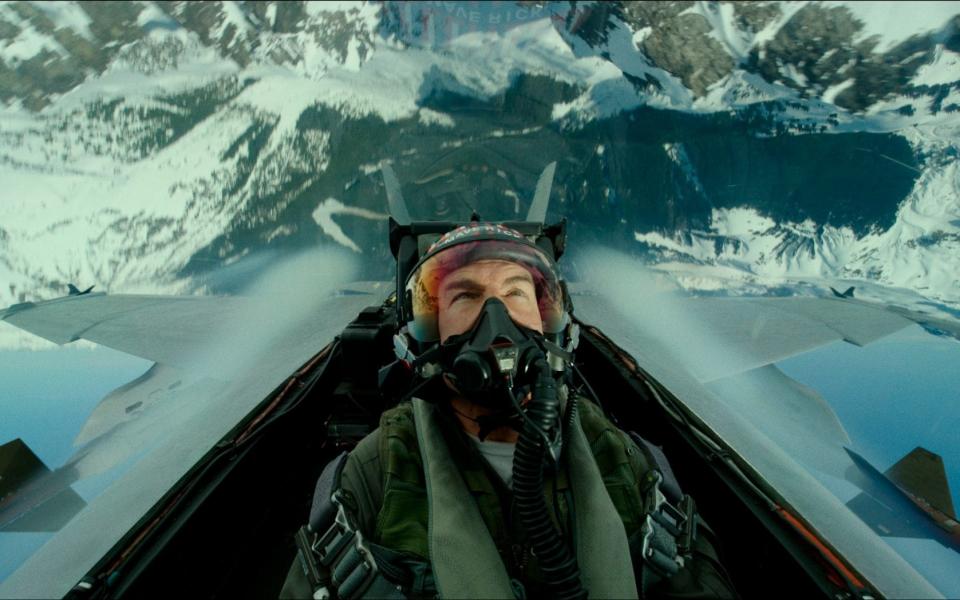‘Without us, there is no film industry’: inside the special effects sweatshop

Try as he might, Joe Pavlo was really struggling to part the Red Sea – literally. The visual effects (VFX) artist, who has worked on everything from Star Wars to Fantastic Beasts, had been asked to help put together ambitious water effects for a major blockbuster, but there wasn’t enough time and staff to get the work done. “The go-to solution for management was just to work longer hours and weekends,” he recalls. For Pavlo, an industry veteran of nearly 30 years, it was what finally drove him to form a new branch of the Broadcasting, Entertainment, Communications and Theatre Union (BECTU) for VFX workers.
Pavlo’s experience typifies the increasingly dangerous “digital factory line” workers say is defined by precarious contracts, ungodly hours and low pay. And, considering the UK is home to 60 per cent of the worldwide VFX workforce as of 2017, it is fast becoming a frontline to the exploitation that underpins our golden age of content. One multi-decade VFX worker recalls being told by an American studio head that British VFX workers were the “white Mexican” labourers of the industry.
The work deemed too strenuous for even UK staff is passed onto those in India – the VFX “sweatshop” to the UK’s “factory line” – where staff work on 24 hour rotas, for a minuscule fraction of the pay their Western counterparts get.
All of the nine, UK-based VFX workers spoken to for this piece had countless stories of projects when they had worked long days, sometimes up to 22 hours, to hit deadlines. One staffer recalled working five weeks straight without weekends off on the effects for Cats, often finishing after midnight. Another recalled working non-stop, 16-hour work days on The Crown.
One artist who spoke had permanent nerve damage from the long hours while others shared experiences of intense anxiety attacks from the pressure. Stories of stress-related strokes, suicides or staffers who died in car wrecks after falling asleep at the wheel are passed around the industry in hushed whispers. Break-ups or divorces are not uncommon too – the worst projects are informally referred to as “family killers” by some.

And while VFX workers are complaining about conditions across the world, unlike the US and Canada the UK has no laws governing overtime pay, and so is a much cheaper location for studios’ most strenuous work.
When Pia Josephson joined the industry four years ago the wages were often less than £20,000 a year even though she was working in London. Years later, many still earn less than London living wage. “Everyone I know has cried at work or after work,” she adds. “It's so bad. And it’s all become so normalised in our industry as well.”
To make matters worse, many of these VFX artists are also freelancers or work on short fixed term contracts, and so live in fear of losing work if they’re seen to complain about conditions or be unprepared to do long hours.
Meanwhile, “non-disclosure agreements longer than the Bible” stop workers from speaking out about the conditions (which is why so many interviewees are anonymous here).
And at the centre of it all is one studio: Marvel. The “800-pound Gorilla of the industry”, as one worker called it, is universally known to be the “worst” digital effects client to work for. Editing most of their films “by committee” means VFX workers face a never ending string of requests and changes from senior management. Often entire endings for films have to be completely re-edited just weeks before a film is set to be released.
They’re also infamous for “pixel f—ing” (a term for hyper-focusing on the accuracy of every pixel in every frame) most of their projects into oblivion. Many we spoke to say they avoid working on Marvel films altogether because of it.
But because of just how much AAA work comes from Marvel – across 2021 and 2022 they released some 17 films and TV series – many studios and artists feel they don’t have that choice. “They have all the studios by the balls so they don’t have to care about peoples’ feelings or how the work actually gets done,” says one VFX worker. Marvel did not respond to the Telegraph’s request for comment.
So how did the industry get to this point?
The first reason is simple, visual effects are literally everywhere. “Normally a film used to have 100 or 200 VFX shots. Now it’ll have 700 shots. A war movie might have 2000,” says VFX artist Hugo Guerra.
Even films that seem or claim to be effect-free are likely to have been supported by a small horde of visual effects artists. Top Gun: Maverick, for example, which marketed itself on its reliance on practical effects, had 2400 VFX shots. It’s never easy to spot, but that’s the point.
It even stretches into perfecting the bodies of Hollywood starlets. One VFX worker recalls working on a film starring a major Hollywood star: “There’s a scene when he’s got the most defined six-pack,” they explain. “But we had spent quite a long time on painting out his guts from the shot.” They remember later the surprise they felt when they saw said star on chat shows discussing the physical workout routine that had got him so ripped.

Similarly, another A-List star’s muscular arms fascinated audiences and journalists when their blockbuster film trailer was released, but these were also digitally enhanced, a former UK VFX worker close to the film told me.
Several VFX artists suggested that one of the reasons VFX has become so ubiquitous in just about every major modern film is that it exists as a cheap band-aid to cover up for problems during shooting that would otherwise be costly to physically fix.
“There’s this arrogant flippancy from film studios and the directors they hire. It’s all ‘we’ll fix it in post’ without thinking about the process or their own vision,” says one industry veteran. “With some of the big studio houses they’re now giving us footage so badly shot it increases the workload exponentially.”
And it’s not just that there’s more visual effects on screen, the sheer amount of content has grown exponentially. One study found that there was a 23 per cent spike in the number of TV shows released each year between 2016 and 2021 – and that’s in spite of the pandemic.
Simply put, VFX artists have never had more to get done. And to make matters worse, VFX houses themselves don’t, or more accurately can’t, say no to most projects, since they don’t receive a share of the profits if the film goes on to make hundreds of millions.

Often their margins on any given project are slim – just two or three percent according to Telegraph sources – and unless the stream of projects keeps flowing then bankruptcy is around the corner. That’s what happened to Rhythm & Hues, the VFX company that won an Oscar in 2013 for its work on Life of Pi, but ended up laying off 254 employees after going bankrupt two weeks before the award ceremony.
Even during that ceremony, a speech honouring the labour of those laid-off was cut off by organisers, while music cut in. Deliberate or not, it typifies a much wider problem: the small legion of visual effects workers that underpin just about every AAA film feel like they’re an invisible part of the process. “After the credits for the caterers, then you’ll see VFX, even though we’re 60 per cent of the film that goes out there,” one told me. “Honestly, I don’t even watch the films I make anymore.”
Pavlo’s fledgling trade union branch has already had some effect: a few companies now offer paid overtime to workers. But while this and remote working have begun to push things in the right direction, many of those spoken to felt studios were shifting back towards “business as usual”. Several feared that the UK was at risk of losing its hub status if the unending burnout and exodus of staff continued.
What’s really needed is a change in how the industry is seen. Like with the secrecy around Top Gun’s reliance on effects, VFX is often treated like film and TV’s shameful little secret. “The unloved stepchild of the industry” as one interviewee put it.
“The thing we’re always fighting against is people don’t see it as real labour, when you build a virtual world rather than a physical one,” says Pavlo. “But the amount of work that goes into the visual effects is apparent to anybody who sits through the credits. Without digital visual effects, there is no film industry.”

